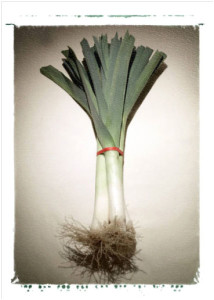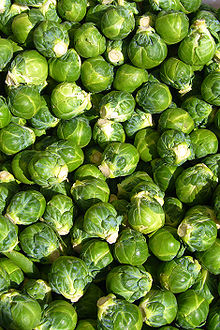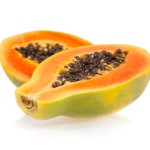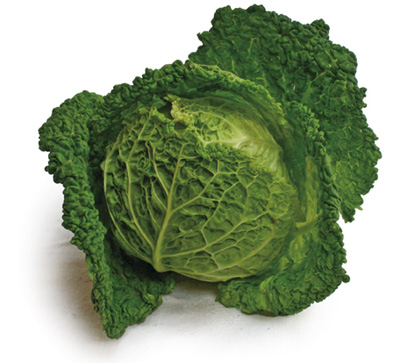It’s February and winter is nearly over — although looking out the window, it doesn’t seem like winter is willing to ease its powerful grip yet. Right now, you need foods that will keep you warm and nurtured and you need foods that bring a little sunshine to your plate. Here are the best foods to try in February.
Vegetables
 Leek
Leek
Our star vegetable this month is leek. Leeks come from the onion (Allium) family, and have a lot of nutritional benefits. They are low in calories and have a lot of worthy nutrients like flavonoid antioxidants, folic acid, niacin, riboflavin, thiamin, vitamin A, iron and calcium that are very important for the long term management of health. Studies have shown that the consumption of leeks can lower cholesterol levels and has anti-fungal, -viral and -bacterial qualities. This versatile vegetable can go from a simple condiment to a main dish. Try leeks with potatoes or cheese in soup, or as side dish with your favorite fish recipe.
Savoy Cabbage
Savoy cabbage is nutritional powerhouse but is rarely included as a regular vegetable in diets. It is high in vitamin C, glutamine, calcium, iron, magnesium, vitamin B6, amino acids and fiber. Other benefits of Savoy cabbage include its cholesterol lowering and anti-inflammatory properties. Savoy cabbage differs from other cabbage in its appearance, characterized by its curly leaves, and its more nutty flavor. This vegetable is the perfect salad ingredient. Shred some cabbage, and toss with some cherry tomatoes. Sprinkle the mixture with some lime juice and pair with a delicious grilled salmon.

Brussels Sprouts
Brussels sprouts are from the same family as Savoy cabbage: in fact, they resemble tiny cabbages! Brussels sprouts are very high in protein, dietary fiber, vitamins, minerals, and antioxidants. They are also an excellent source of vitamin C, vitamin A and vitamin K as well as minerals like copper, calcium, potassium and iron. Brussels sprouts are low in calories and high in nutrients, making them a great nutrient dense and filling choice if you’re trying to lose weight. My favorite way to prepare Brussels sprouts is by grilling them for a few minutes. After the sprouts are done, drizzle some olive oil and a pinch of sea salt and enjoy.
Fruits:
 Papaya
Papaya
Papaya is a long, oval shaped fruit, with yellow or orange skin. The flesh can range from yellow to reddish orange, and fruit has small, round black seeds with a peppery flavor. Papaya is an excellent source of Vitamin C, and a good source of Vitamin A. Look for papaya with firm, unblemished yellow or orange skin. To serve, peel papaya and cut into chunks to eat raw, mix into smoothies, or add to fruit salad.
Citrus Fruits
Citrus fruits are still in season. Look for oranges, grapefruit, mandarins, clementines and tangerines at the grocery store. They are filled with Vitamin C and phytochemicals that are essential for overall health. Click here for more about citrus fruits.
So be sure to stock up on February’s star foods. They will keep you warm and nurtured while you wait for spring to arrive!
Live life and love it. Eat well.



Way cool! Some very valid points! I appreciate you penning this article and also the rest
of the website is very good.